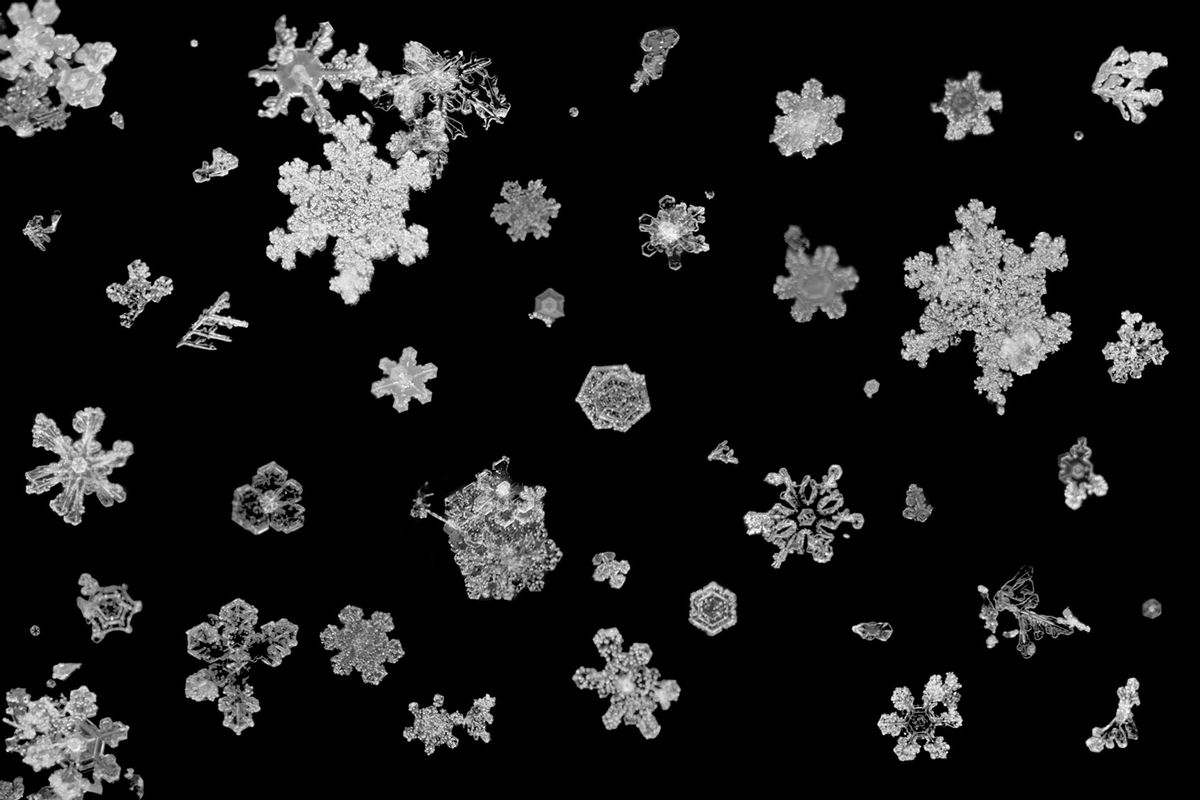Study reveals the unique mathematics of snowflakes

Aside from being cold, snowflakes are well-known for their unique shapes. New research illuminates how these lovely crystals form. When the air is still snowflakes gently drift to the surface, but on other occasions they get violently tossed about by wind and other forms of precipitation. While this can be beautiful to observe, it also adds an element of the unpredictable to snowstorms — although a group of researchers at the University of Utah may have helped change that forever.
According to a recent study published in the journal Physics of Fluids, scientists can actually anticipate how snowflakes will fall during different types of air turbulence, something that atmospheric modelers previously struggled to do. After much research, the scientists found that they simply had to use the Stokes number for the snowflakes. A Stokes number is a dimensionless figure that determines the behavior of particles suspended in a fluid flow. Such a straightforward solution may seem counterintuitive because, as the authors noted, snowflakes come in so many individual shapes and sizes.
“Despite the complexity of snowflake structures and the non-uniform nature of the turbulence, we find that mean snowflake acceleration distributions can be uniquely determined from the value of [Stokes numbers],” the authors explain. While this information does not immediately help scientists better predict the timing, length and severity of snowstorms, it paves the path toward that outcome.
“If that is the case and we can show in the future that this really is supported, that could lead to quite significant improvements in storm modeling,” study co-author Tim Garrett, a University of Utah professor of atmospheric scientists, told KSL.com. “Right now, one of the biggest challenges weather models have is predicting the types of snowflakes that form in clouds. Our results hint that some of the difficulties … may actually end up being (less complicated).”

